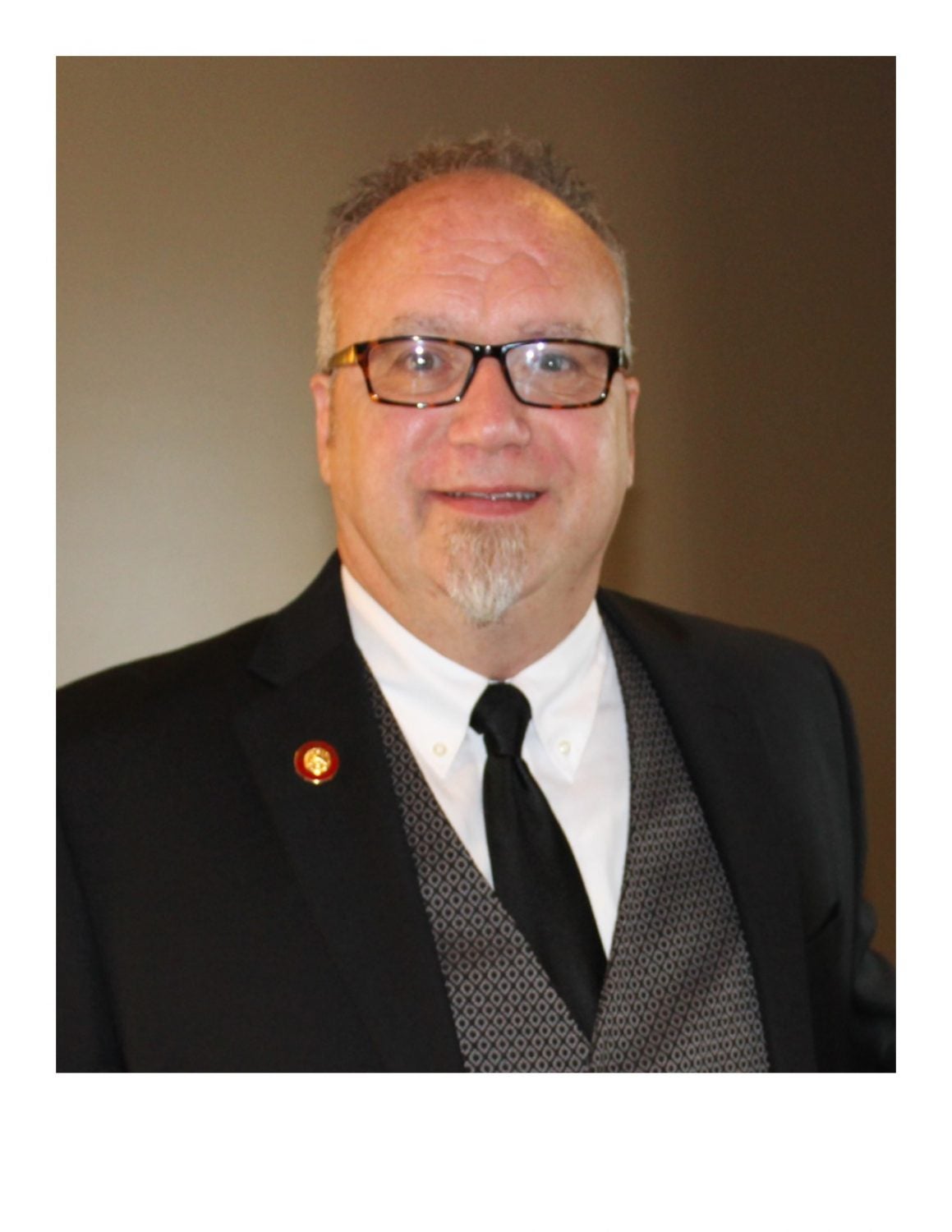Mold prevention is very important
Published 12:02 pm Thursday, April 11, 2019
|
Getting your Trinity Audio player ready...
|
Few things are as concerning as finding or smelling mold in your residence.
For some people, mold can trigger an allergic reaction and lead to respiratory problems, especially for those with compromised immune systems.
For you to have the healthiest home possible, it’s important for you to prevent mold and promptly control it if it appears.
Molds are living organisms that grow and thrive on moisture. To prevent their formation, keep your home dry. Promptly fix leaks and quickly eliminate any other source of wetness in your home.
Use a dehumidifier or air conditioner to keep your home’s humidity level below 50 percent.
Two areas that tend to be “wetter” than others are bathrooms and kitchens. Make sure these areas are properly ventilated.
Mold has a pretty distinctive musty smell, which can help you locate any problems.
You can also look for mold in high-moisture areas, like around faucets or showers. Water stains, odd coloring or fuzzy growth on surfaces are also common signs of mold.
The amount of mold you find will determine your next steps. If you find mold in an area smaller than 10 square feet, you can usually safely remedy the situation yourself.
To do that, fix water problems as quickly as possible. Completely dry areas. Use detergent, water, gloves and a scrubbing brush to remove mold from hard surfaces and then dry the area.
You may have to discard porous materials, like ceiling tiles, if they get mold on them as mold can grow inside of those surfaces.
If your moldy surface is larger than 10 square feet, you should consult the Environmental Protection Agency’s guide, “Mold Remediation in Schools and Commercial Buildings,” which is available online at https://www.epa.gov/mold/mold-remediation-schools-and-commercial-buildings-guide.
If you hire a professional to help you with mold removal, check references and make sure they following government guidelines for proper mold removal.
Additional information on preventing and controlling mold is available on https://www.epa.gov/ or at the Jessamine County Extension Office.
Karli Jesse works at the Jessamine County Extension Office.






